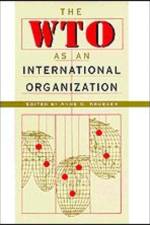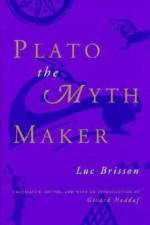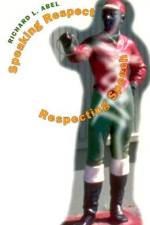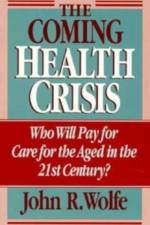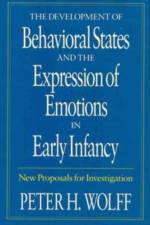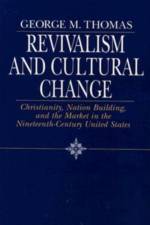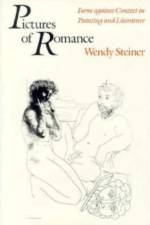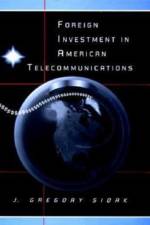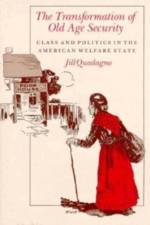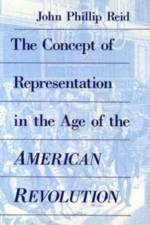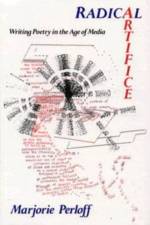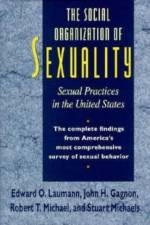av Marjorie Perloff
1 159,-
The more radical poetries today are known by their admirers and detractors alike for their extreme difficulty, a difficulty, Marjorie Perloff argues, dependent less on the recondite imagery and obscure allusion one associates with early modernism than on a large-scale deconstruction of syntax and emphasis on morphology and pun, paragram and paratext. She suggests this new "non-sensical" poetry cannot be explained away as some sort of pernicious fad, designed to fool the gullible and flatter the pretentious; it is, on the contrary, an inevitable--and important--response to the wholesale mediaization of postmodern culture in the United States. But the conventional alienation model, the still-dominant myth of the sensitive and isolated poet, confronted by the hostile mass media, is no longer adequate. On the contrary, Perloff argues, we must recognize that poetry today, like the visual arts and theater, is always contaminated by media discourse; there is no escape into some bucolic, purer realm. What this means is that poetry actively engages the communication models of everyday discourse, producing language constructions that foreground the artifice of the writing process, the materiality of writing itself. How the negotiation between poetic and media discourses takes place is the subject of Marjorie Perloff's groundbreaking study. Radical Artifice considers what happens when the "natural speech" model inherited from the great modernist poets comes up against the "natural speech" of the Donahue "talk show", or again, how visual poetics and verse forms are responding to the discourse of billboards and sound bytes. Among the many poets whose works are discussed are John Ashbery, GeorgeOppen, Susan Howe, Clark Coolidge, Lyn Hejinian, Leslie Scalapino, Charles Bernstein, Johanna Drucker, and Steve McCaffery. But the strongest presence in Perloff's book is a "poet" better known as a composer, a philosopher, a printmaker, a polymath, one who understood, almost half a century ago, that from now on no word, no musical note, no painted surface, no theoretical statement could ever again escape "contamination" from the media landscape in which we live. That poet is John Cage and it is under his sign that Radical Artifice was composed.

